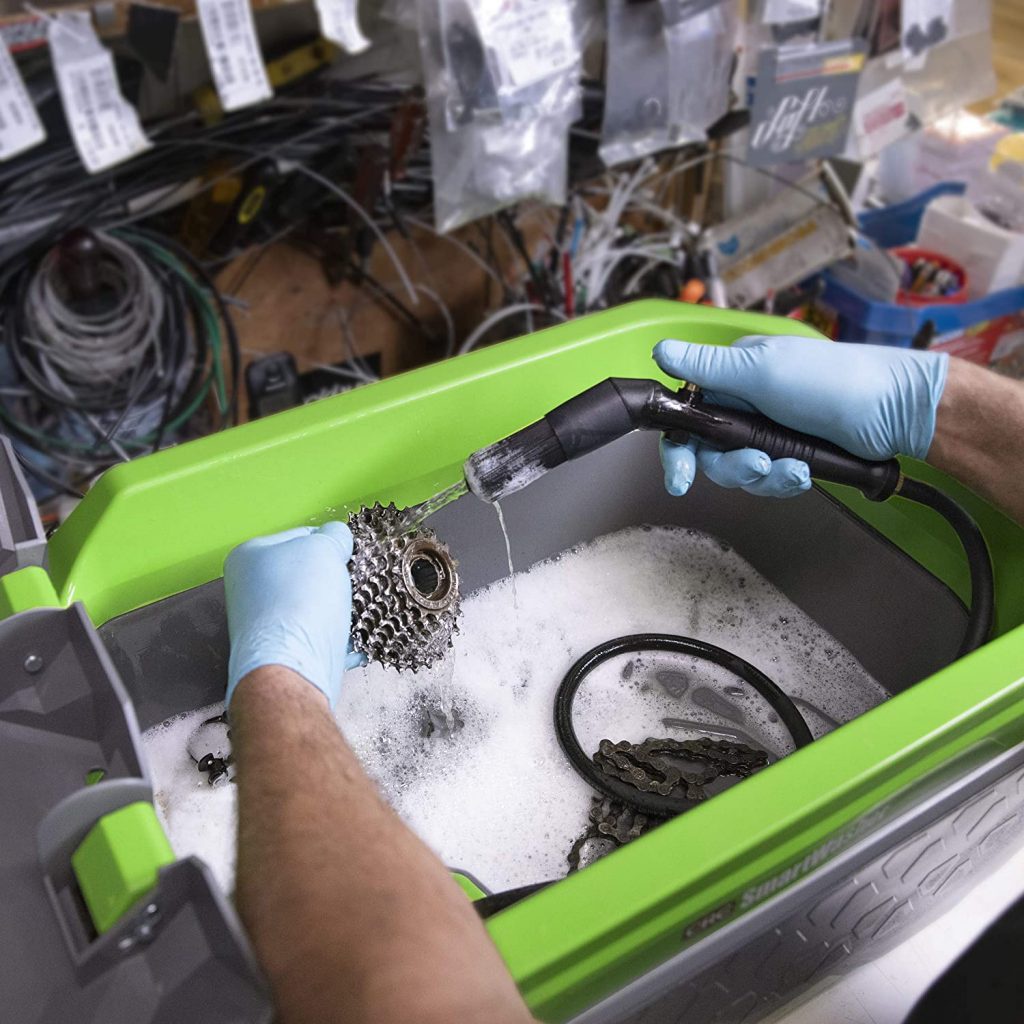Maintaining the highest standards of cleanliness and sanitation is essential in the food and beverage processing industry. The selection of cleaning products keeps facilities looking their best and ensures the safety and quality of the food products that pass through these facilities every day. With stringent regulatory standards to meet and the well-being of consumers at stake, it is crucial to choose the right cleaning agents that can tackle specific challenges of this demanding environment.
An Overview of Industry Standards
The food and beverage industry is governed by stringent hygiene and safety regulations, including FDA and USDA requirements. Adherence to these regulations ensures that the processes involved in food preparation and packaging are safe for consumption. Another crucial framework is the Hazard Analysis Critical Control Points (HACCP) principles, which provide guidelines on critical points in the food production process that need to be monitored to avoid hazards. Understanding these regulations is fundamental in selecting appropriate cleaning products.
Types of Cleaning Products
In the food and beverage industry, cleaning products are typically categorized into detergents, sanitizers, and disinfectants. Detergents are the first step, used to remove soil and organic substances from surfaces, preparing them for further sanitization. Following this, sanitizers are applied to reduce bacteria to safe levels, as dictated by public health guidelines, ensuring surfaces are safe for food contact. Disinfectants offer a more potent solution, used in scenarios where the complete destruction of bacteria and other pathogens is required. Recently, the adoption of water based parts cleaner has increased, offering an effective yet less harsh option for cleaning sensitive equipment without damaging surfaces or leaving harmful residues. The choice of cleaner depends on the specific needs of the facility and the type of contamination present.
Factors to Consider When Choosing Cleaners
Selecting the right cleaning products for food and beverage processing involves multiple considerations to ensure safety, efficacy, and compliance with regulatory standards:
- Compatibility: It's crucial that the cleaners do not corrode equipment or react adversely with the materials used in manufacturing facilities. This helps to maintain the integrity of the production equipment and prolong its life.
- Effectiveness: Cleaners must be capable of eliminating all types of contaminants specific to the food processing environment, including fats, proteins, and microbes. Choosing the appropriate cleaner for the type of soil and surface is vital for maintaining food safety.
- Safety Profile: Products should not introduce any toxic elements into the food. This includes assessing potential allergenic reactions or toxic residues that could compromise food safety. Safety data sheets and product certifications can provide valuable information on the chemical safety of the products.
- Residue Management: Some cleaning agents might leave residues that could affect food quality or safety. Opting for products with clear rinsing properties, such as certain water cleaners, can mitigate this risk. Ensuring that residues do not interfere with food production is essential for compliance and quality control.
- Environmental Impact: The environmental impact of cleaners should be considered, promoting the use of products that support the facility’s sustainability goals without compromising cleaning power. This includes selecting products that are biodegradable, have lower toxicity, and reduce environmental footprint. Including water-based parts cleaners in the selection can further enhance the sustainability of cleaning practices, as these products typically feature eco-friendly formulations that minimize harm to the environment.
These points outline the key factors that food and beverage processing facilities must evaluate to ensure their cleaning protocols are effective, safe, and compliant with industry standards.
Implementing a Cleaning Protocol
Developing and implementing an effective cleaning protocol in the food and beverage industry involves more than selecting the right chemicals; it also requires understanding the specific cleaning needs of each area within the facility. Starting with the identification of critical cleaning zones, the protocol should outline specific products and procedures, such as when and how to use water cleaners, which are effective yet gentle on equipment, surfaces, and the environment. Staff training is crucial for ensuring that everyone understands the procedures and the importance of compliance. Regular evaluations and updates to the protocol help maintain high standards, adapting to any changes in production processes or regulatory requirements. This systematic approach ensures that all areas are addressed consistently, maintaining safety and efficiency in operations.


No comments yet